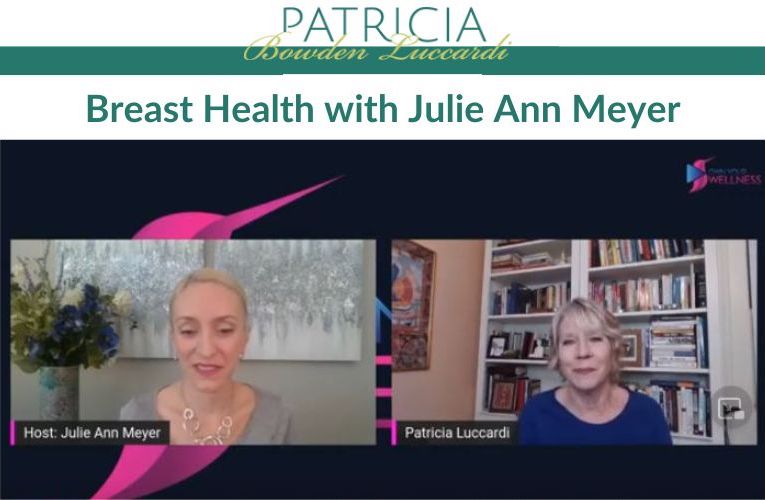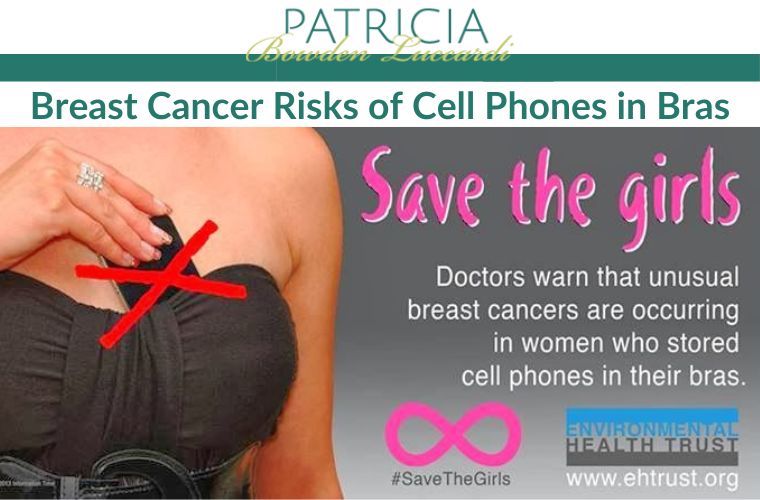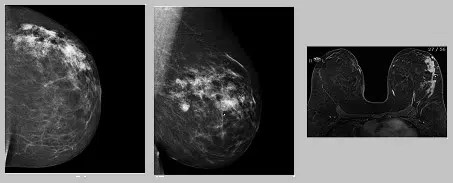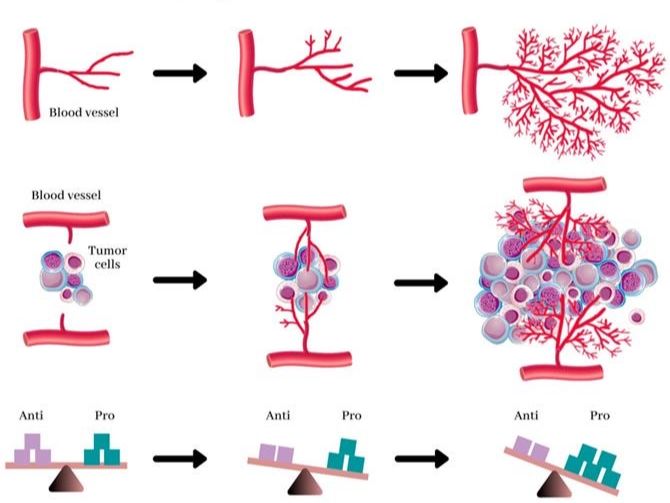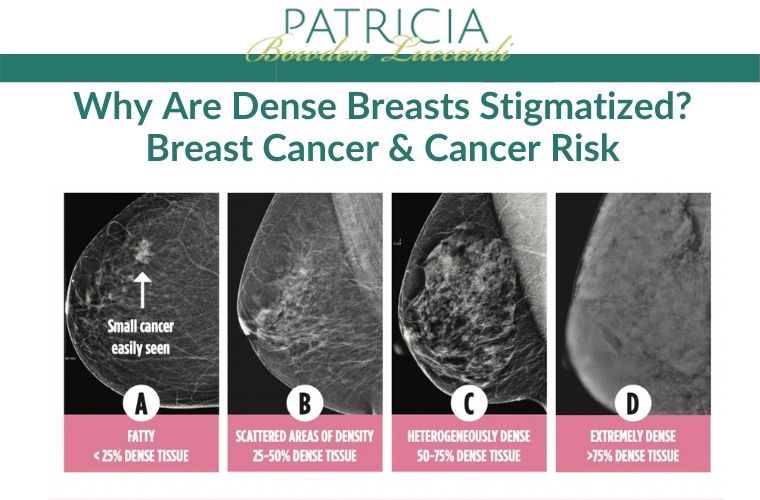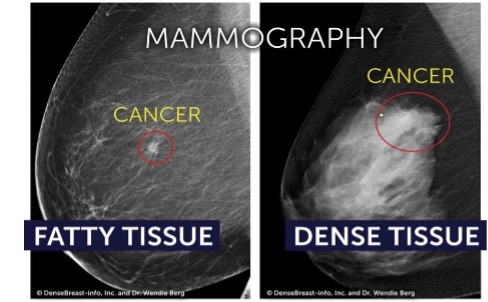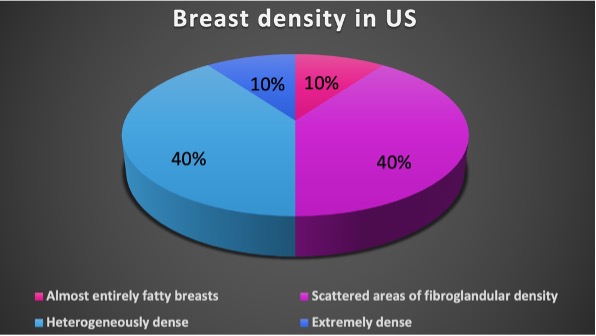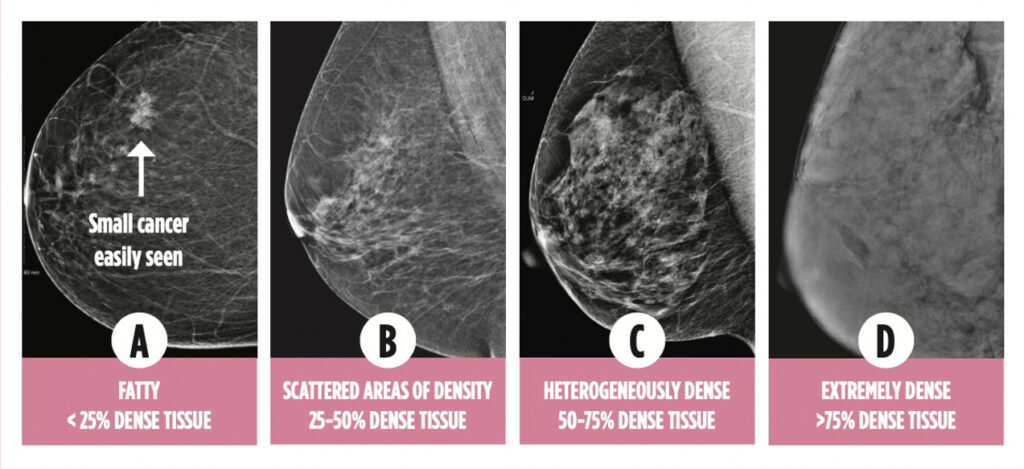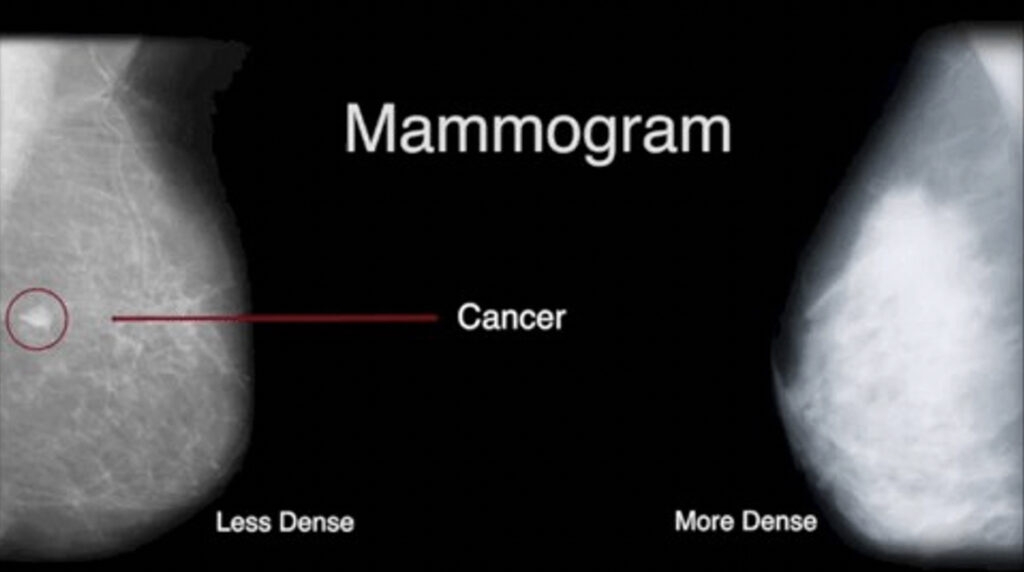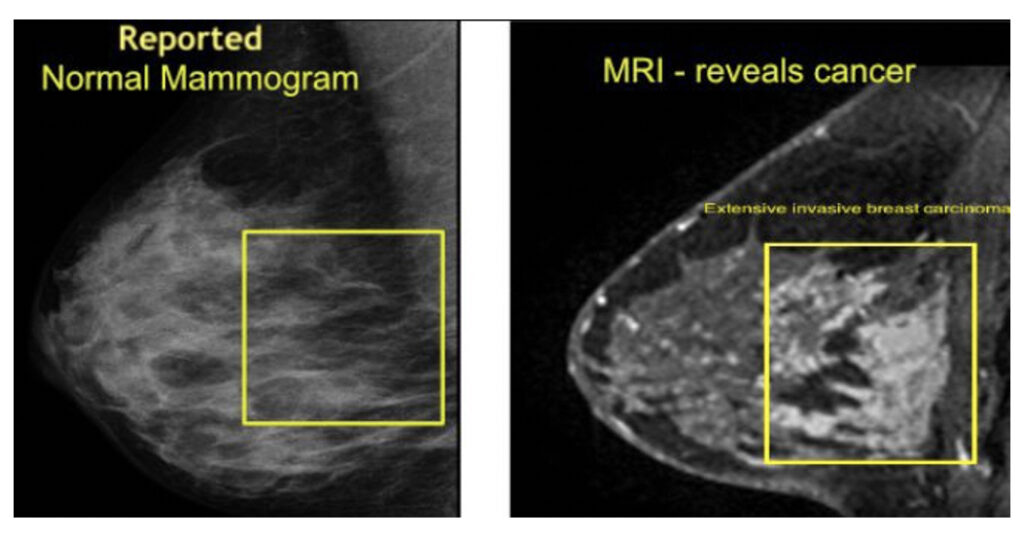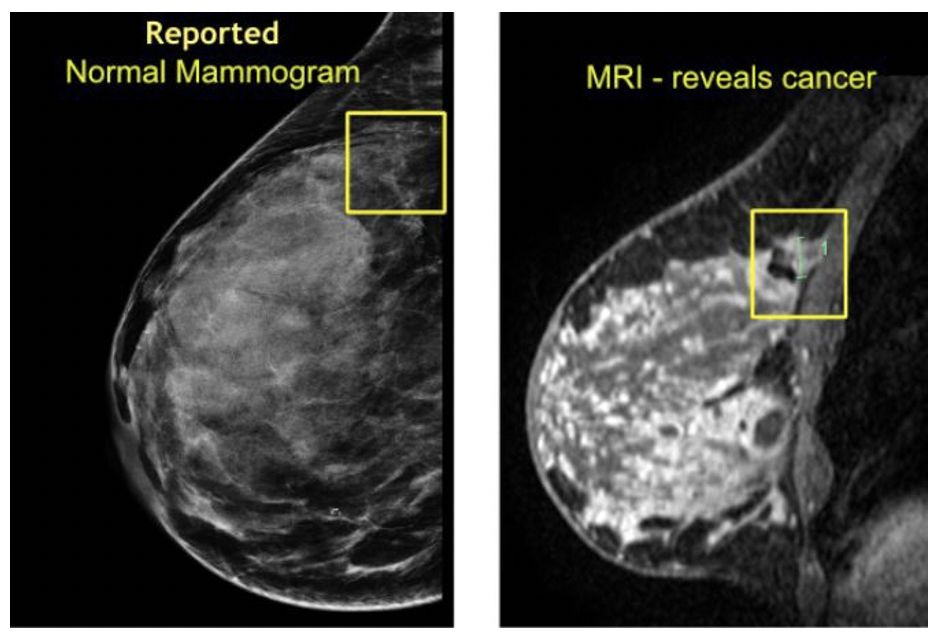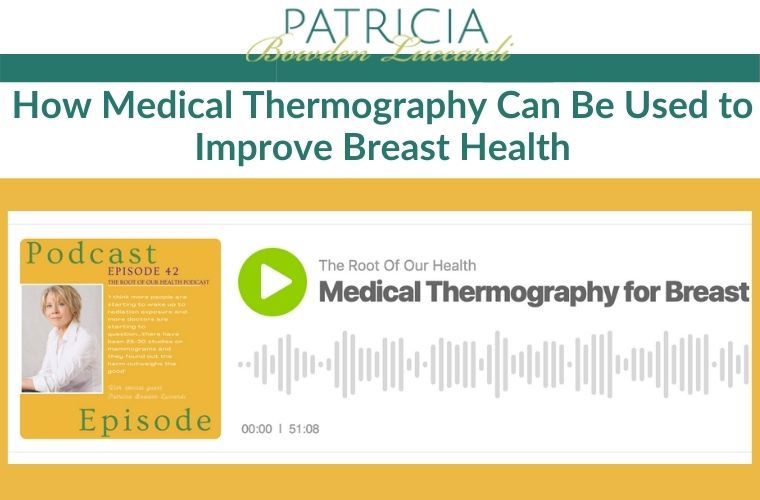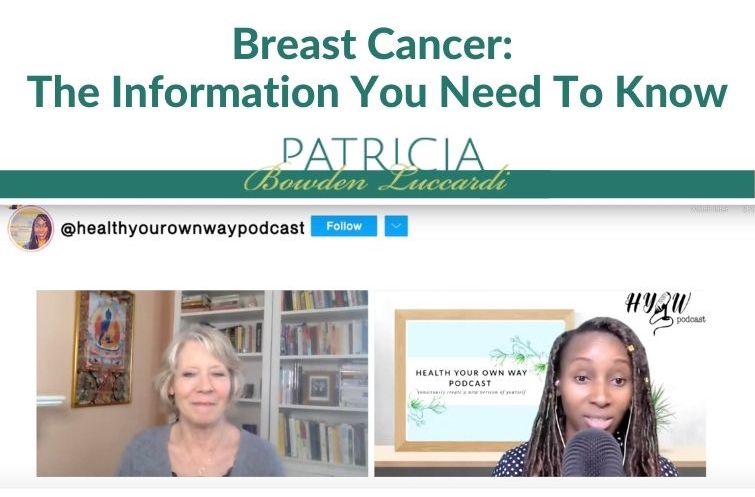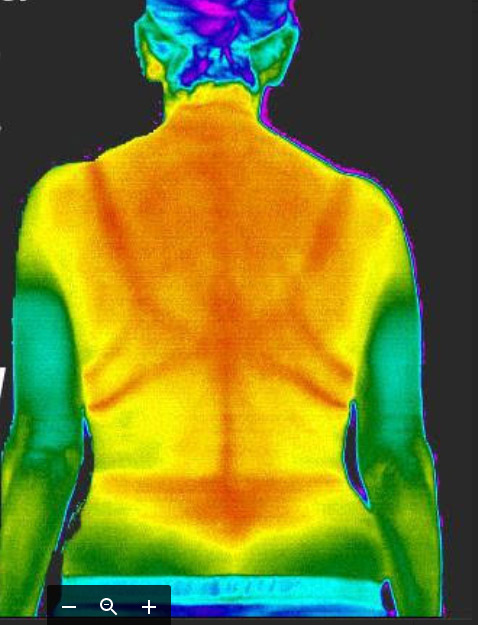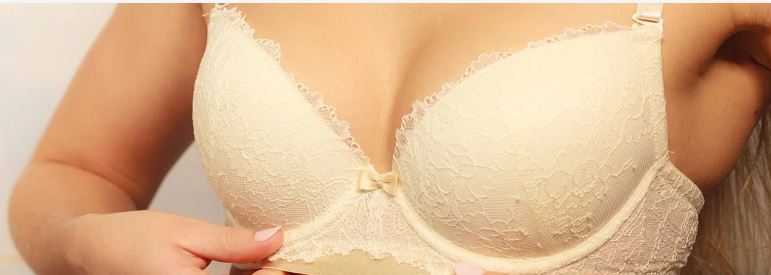Breast Massage: Taking Matters into Your Own Hands
Leave a Comment
The complicated issues women often face with their breasts, from oversexualized belief systems and femininity to the range of emotions they face following breast surgeries like biopsies, lumpectomies, and mastectomies, remind us of the need to address this vital organ in a healthy and comfortable way.
Luckily, breast massage can help you to do this, and by instituting breast massage as a regular health practice, you can prioritize preventative breast care and encourage a healthy and open connection to your breasts – free of shame, innuendo, or societal taboos.
At any rate, breast massage is an incredibly useful tool for maintaining the health of your breasts.
According to the Texas Institute of Functional Medicine, breast massage is the act of slowly kneading and stroking the breasts, using varying amounts of mild to moderate pressure through gentle lifting and compressive movements.
With that said, you can perform a breast massage on yourself or with the help of your partner.
Its primary purpose is to rid your body of the harmful toxins that interfere with your health; however, there are many cosmetic and therapeutic breast massage benefits, as well.
For example, breast massage can help you to maintain the shape of your breasts and make your breasts firmer and less likely to sag, with the result being a more attractive bust line.
According to Ayurvedic wisdom, the practice of breast massage aligns with centuries-old healing practices, which teach that in order to maintain a state of balance, the whole person must be addressed, and that includes the breasts.
Unfortunately, in many healing practices, the breast area is often overlooked. Breast massage addresses this gap in treatment to meet the needs of all women – healthy women, women who have been diagnosed with or are survivors of breast cancer, women who have fibrocystic breasts, and women who are recovering from breast augmentation, reduction, or cardiac abnormalities.
Preventative Benefits of Breast Massage
As nice as it is to have a healthy, attractive bust line, there are much more serious issues to consider, aside from how your breasts look and feel.
That being said, it’s important that you familiarize yourself with the shape and feel of your breasts in order to detect any abnormalities. Early detection could be the key to saving your life.
With breast cancer still being one of the most common cancers among women in the United States, it is crucial that you do not neglect this important aspect of your health.
Fortunately, regular breast massage, coupled with monthly self-examinations, is a good way to check your breasts for changes or irregularities.
Couple this with yearly thermography, an ultrasound, and a healthy lifestyle, and you will be promoting healthy breasts.
Health Benefits of Breast Massage
As you can see, there are many health benefits associated with massaging your breasts.
Breast massage is a way to nourish and maintain healthy breast tissue and musculature before potential issues arise, and to heal physically, emotionally, and spiritually after a life-changing disease, such as breast cancer.
Most breasts are confined to a bra all day, but releasing its constrictive nature around the lymph nodes on the outer quadrants of the breasts can give your breasts a chance to breathe and let the lymph flow.
Massaging your breasts also stimulates circulation, which is necessary for keeping your breast tissue healthy.
Moreover, massage helps break up benign cysts in breast tissue (cysts are rampant in breasts these days and are one of the leading reasons for biopsies), relieves tension in the muscle tissue of the chest, and builds resilience in the ligaments.
Breast massage is also a good healing technique for aching breasts, and because it employs a soft, gentle touch, breast massage can be quite therapeutic. Simply rubbing an area can have a demonstrable analgesic effect.
Among other things, breast massage eases soreness in the tissues, reduces pain and swelling in the breasts, relaxes tightness or tension in the ligaments, and it’s particularly useful in soothing the pain associated with breast scarring.
According to the Texas Institute of Functional Medicine, breast massage is a reliable means of flushing out toxins from the body through the lymphatic system.
Because toxins impede healthy circulation in the breasts, toxic buildup could account for an increased chance of developing cancer. But breast massage stimulates drainage of the breasts and the lymphatic system, which helps to eliminate harmful waste products and encourages nutrient-rich blood to travel to the breast tissue.
How to Massage Your Breasts
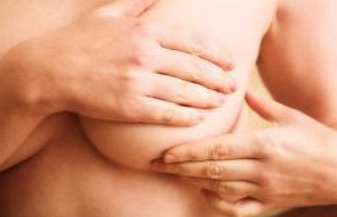
Sit in front of a mirror and cup your breast from underneath while you massage with the other hand, working in gentle but firm strokes from the outer breast to the nipple.
Make your thumb and middle fingers into a “V” shape and press from the outside edges to the center, systematically massaging the entire breast.
Lift your arm up toward the ceiling and take the opposite hand to the outer chest where it connects to the arm. Massage the lymphatic area of the upper chest and inner armpit with gentle strokes. Then massage under the neck and on the sides of the throat up to the base of the ear.
Try spending five to ten minutes just gently stroking.
There are also many essential oils and creams that support lymphatic flow and are beneficial for lumpy and dense breasts.
The citrus family of essential oils is notable for its lymphatic effects. These essential oils include sweet orange, lemon, tangerine, and grapefruit, and are popularly thought of as cleansing.
By stimulating the lymphatic system, these oils can help to relieve stagnancy and help the lymph to move.
Additionally, citrus oils are known to have diuretic properties, which can further assist the body in ridding itself of lymphatic waste via the urinary tract.
But if you’re going to use these essential oils, make sure to always mix them with a carrier oil. Start by mixing one ounce of carrier oil with 10-15 drops of a single oil, or five of each for a combination oil.
When it comes to carrier oils, I recommend using organic almond, coconut, jojoba, or olive oil.
One of my favorites comes from Barbara Rogers of Simply Divine Botanicals. She has the most delightful and fragrant breast massage cream infused with 15 botanicals that also encourages lymphatic drainage.

